The best Japanese restaurants in London: an expat’s guide
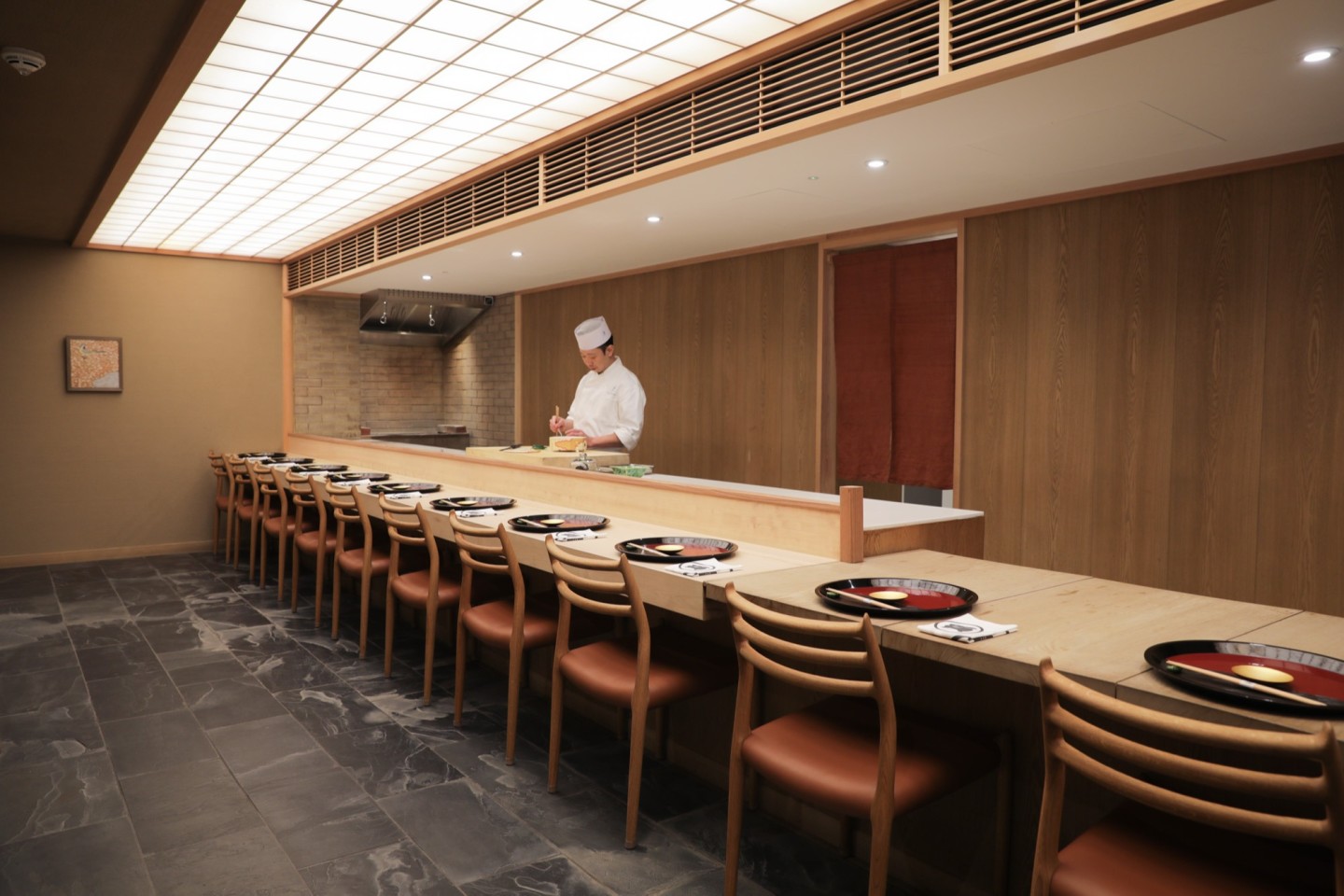
Roula Khalaf, Editor of the FT, selects her favourite stories in this weekly newsletter.
This article is part of FT Globetrotter’s guide to London
When I arrived in London in 2018, I had low expectations of the food in general, not to mention Japanese food. (That was one of the first pieces of advice I got from my friends in the UK.) However, I have been pleasantly surprised by the evolution of the Japanese restaurant scene in the UK capital since then. You are still prone to disappointment if you don’t research enough, but there are hidden gems between and behind red-brick buildings that serve excellent, and sometimes creative, Japanese cuisine. Here are five of those places I came to love.
1. Roketsu
12 New Quebec Street, London W1H 7RW
Good for: A formal business dinner or special occasion
Not so good for: If you are in a chatty mood
FYI: Open Tuesday to Saturday for dinner. In addition to the main dining room, it has a private dining room (up to six guests)
If you are looking for a Japanese restaurant in London that is authentic in every aspect, this is it. When I first visited Roketsu soon after it opened at the end of 2021, I felt as if I were back in Japan. As it was not easy to travel during the pandemic, the sense of being at home, though briefly, meant a lot to me and my family.
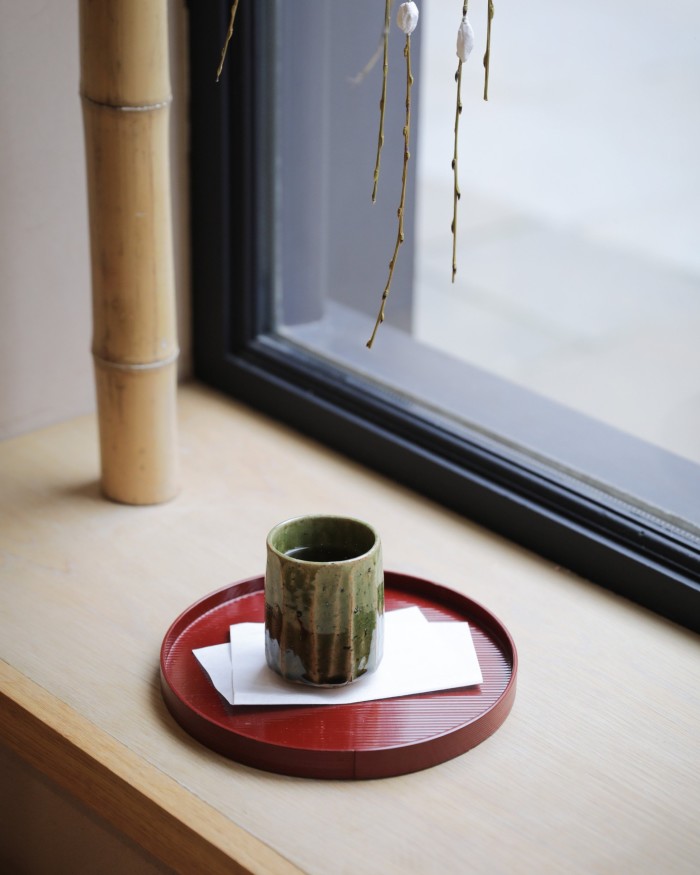
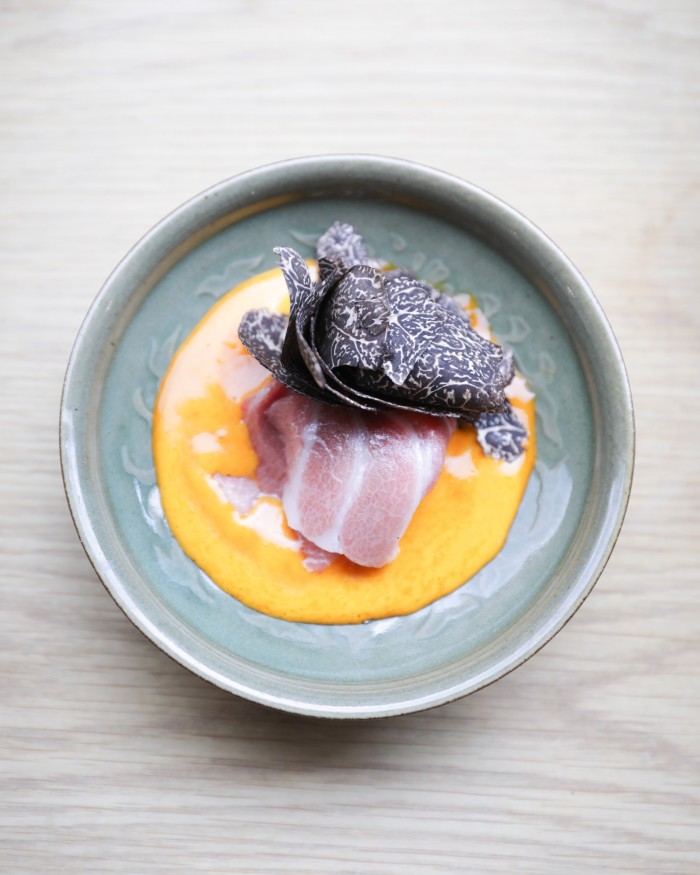
Arriving at the Marylebone restaurant, a five-minute walk from Marble Arch Tube station, you are greeted with a welcome cup of sake or Japanese tea upon entering the 10-seat, counter-only main dining room. The elegant yet simple interior was made in Kyoto and shipped to London, and assembled by the craftsmen from Nakamura Sotoji Komuten, one of the world’s leading experts in traditional Sukiya-style architecture.
Meticulous attention to detail can also be felt throughout the kaiseki 10-course menu (£190 per person) prepared by chef/owner Daisuke Hayashi, who trained at the renowned Kikunoi restaurant in Kyoto. He takes pride in being true to the Japanese aesthetic and not compromising himself or his dishes to appeal to western tastes.
Prepared in front of you as you sip your sake or tea, the courses arrive before you as if on a smooth-flowing river, not too quickly but at just the right pace. Beautifully presented they are each a stunning array of tastes and textures. The restaurant has a remarkable wine cellar if you opt for the wine pairing. I can also though vouch for the non-alcoholic pairing. My only advice to diners: when asked whether you want to pay a little more for the Wagyu beef over the Scottish lamb, go for the Wagyu! You will not regret it.
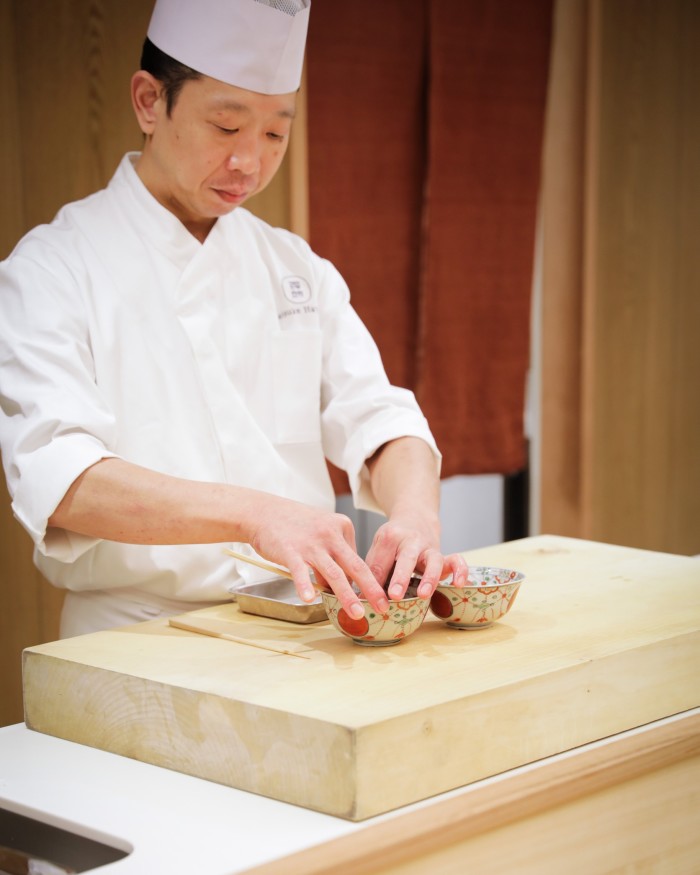
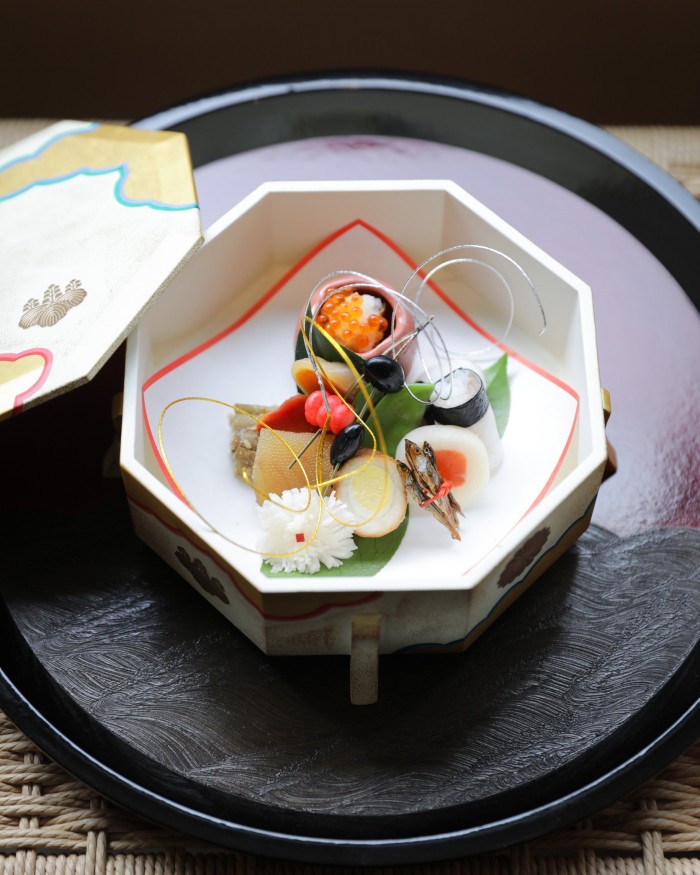
The menu changes monthly to express the freshness and seasonality of the local ingredients. When I last visited in mid-February, we had traditional sushi called Eho-maki, which is believed to bring good fortune if eaten facing the year’s good-luck direction (south-south-east in 2023), among other beautiful dishes.
Three types of sake and wine pairing are available (£95-£200pp), as well as non-alcoholic pairing (£75pp).
2. Koya City
10-12 Bloomberg Arcade London EC4N 8AR
Good for: A lunch or casual dinner
Not so good for: Reservations (during lunch time)
FYI: Open daily, 11.30am-10.30pm (9.30pm on Sundays). There are two other branches of Koya (in Soho and Hackney), each offering slightly different menus
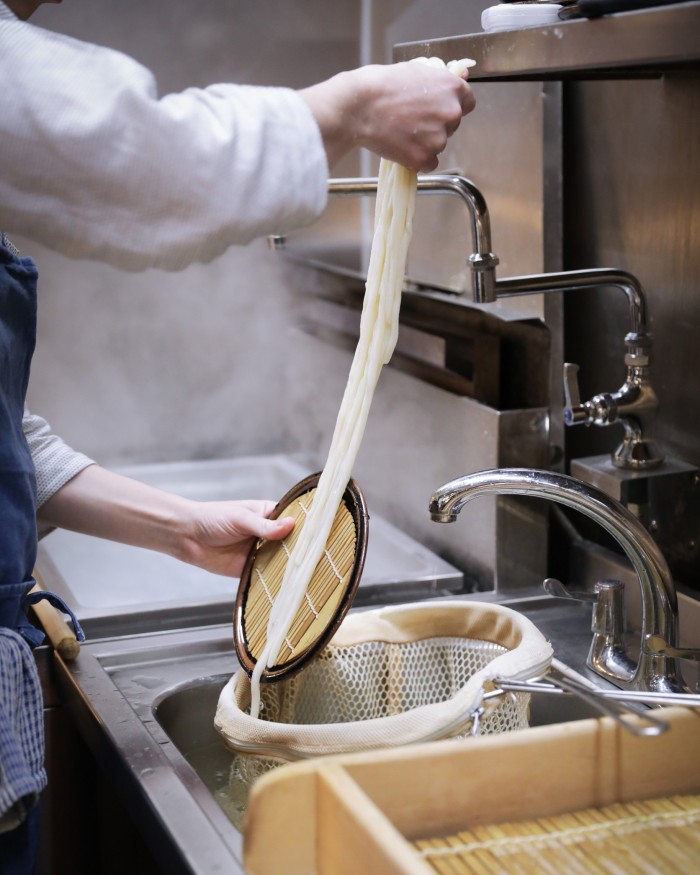
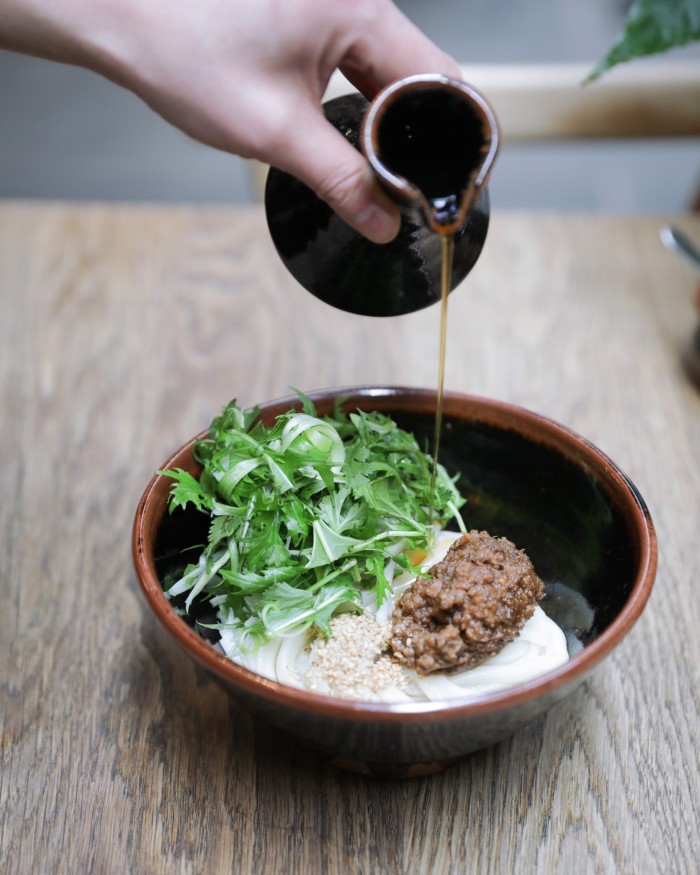
Located near the Bank of England in the Bloomberg Arcade, Koya is one of my go-to lunch spots in the City. Most Japanese noodle bars in London, whether it’s ramen or udon, lack consistency in quality, in my opinion. Koya, which opened its first branch in Soho in 2010, has never disappointed me in that regard. Thick, chewy udon noodles are freshly made in house every morning and served al dente with a topping of your choice.
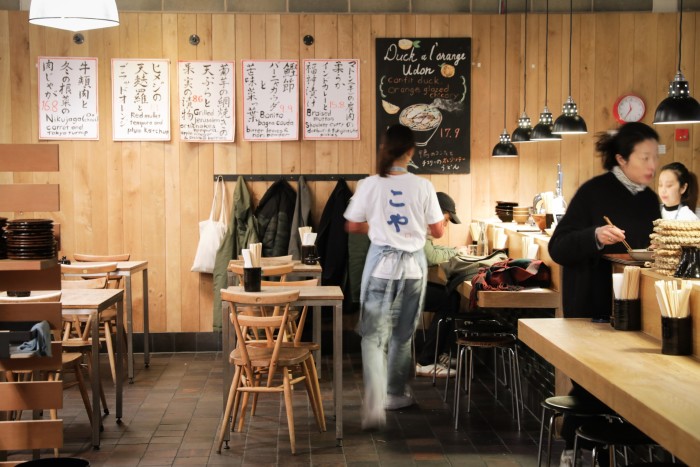
You can choose from four combinations of udon and dashi broth: atsu-atsu (hot udon in hot broth), hiya-atsu (cold udon with hot broth), hiya-hiya (cold udon with cold sauce to dip), and hiyashi udon (cold udon with cold sauce to pour).
While many udon on the menu are traditional Sanuki-style, Koya also came up with unique udon you can only find here. One example is hiyashi lamb cumin miso (cold udon topped with lamb mince with cumin miso and herbs) and I became a big fan of it. I recommend adding poached egg as an extra topping to make the bowl even richer.
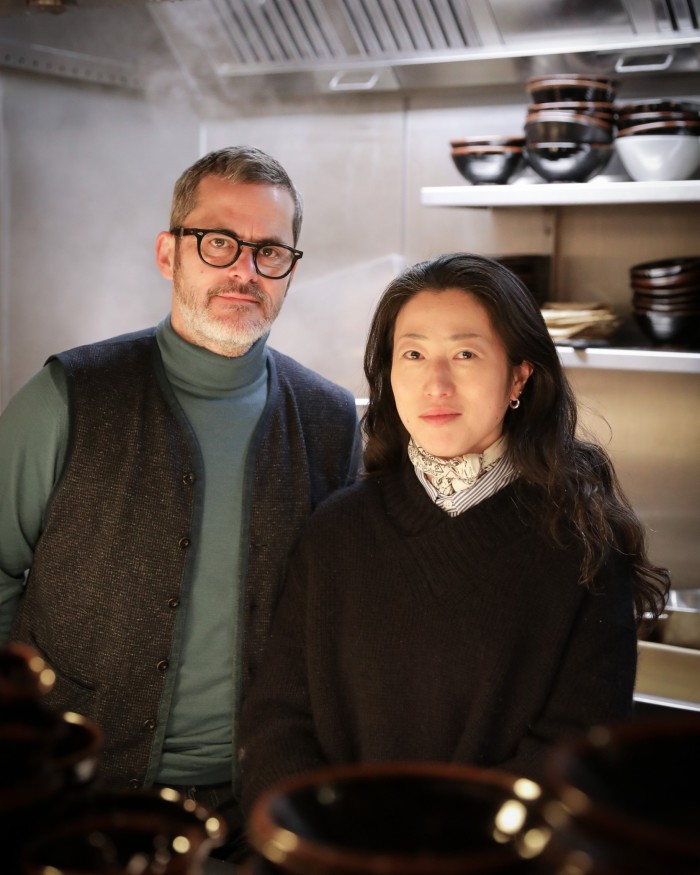
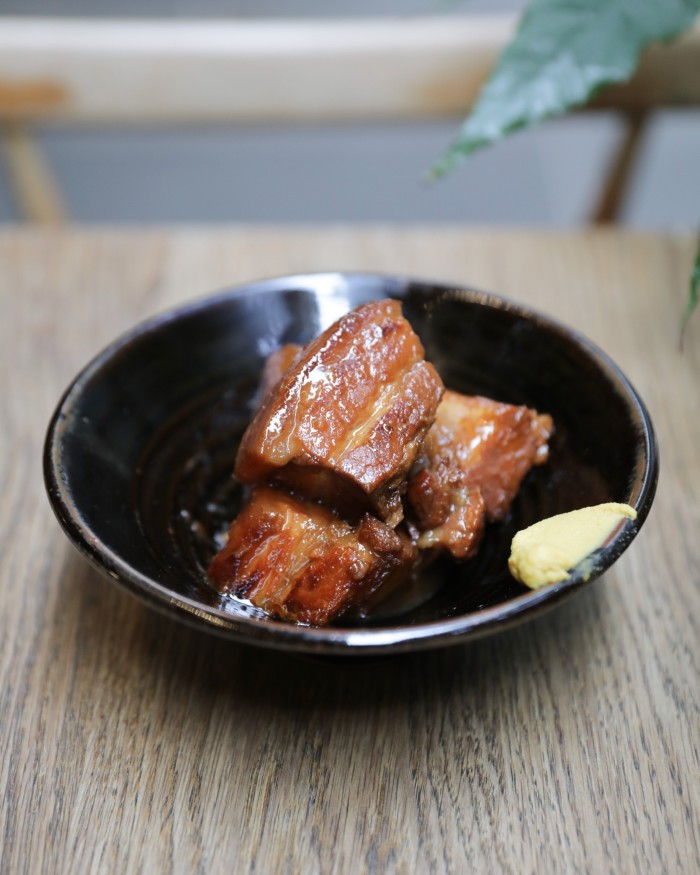
The izakaya-style small plates are worth trying, too. My top pick is kakuni (braised pork belly with cider), which is so tender and tasty.
3. Jin Kichi
73 Heath Street, London NW3 6UG
Good for: A gathering for a group of friends or family
Not so good for: It’s a bit far from central London and hard to get a reservation
FYI: Open Tuesday to Sunday for lunch and dinner
At the foot of Hampstead Heath, just a stone’s throw from Hampstead Tube station, is this cosy Japanese restaurant known for its high-quality yakitori skewers and sushi. “We only use fresh ingredients we buy from the markets on the day,” says Atsushi Matsumoto, who has owned the restaurant with a business partner since the early 1990s.
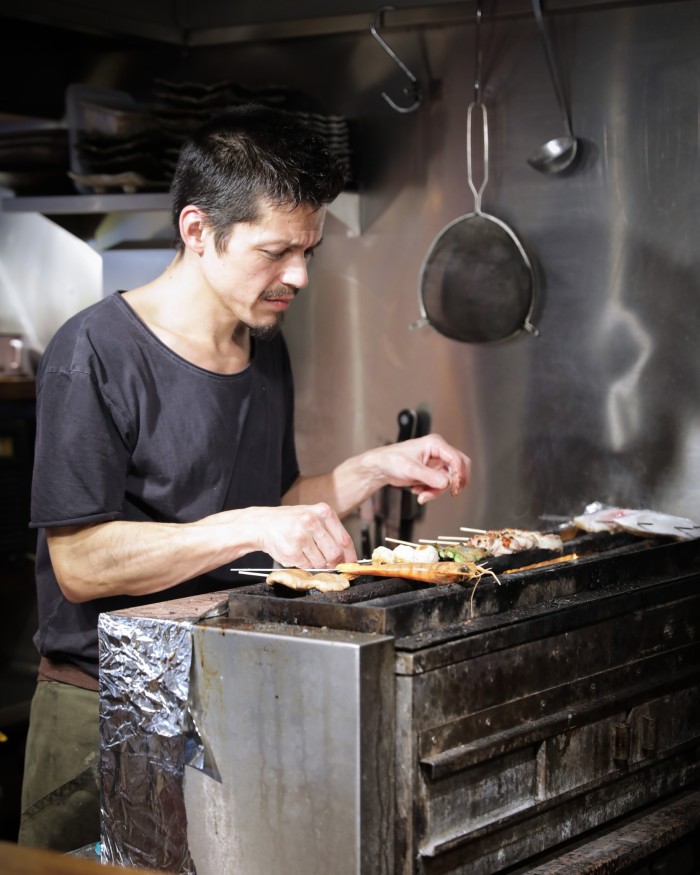
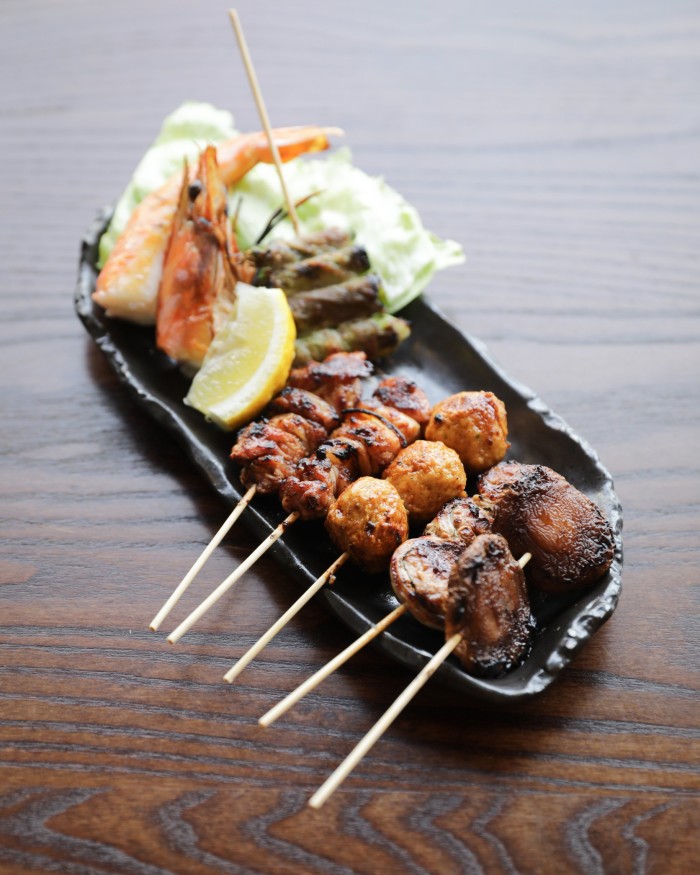
Last year, they expanded the floor space by combining the former boutique next door. Yet it still is difficult to get a table as it is very popular among north Londoners with discerning palates. In fact, Atsushi-san initially declined to be featured in this article, saying that he wanted to focus on serving locals. (Thankfully, he later changed his mind.)
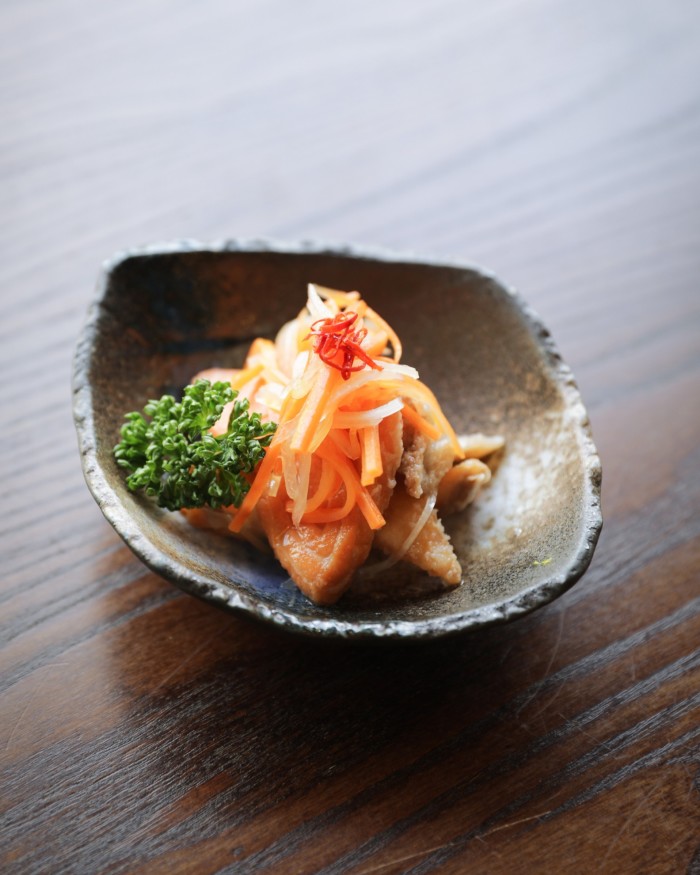
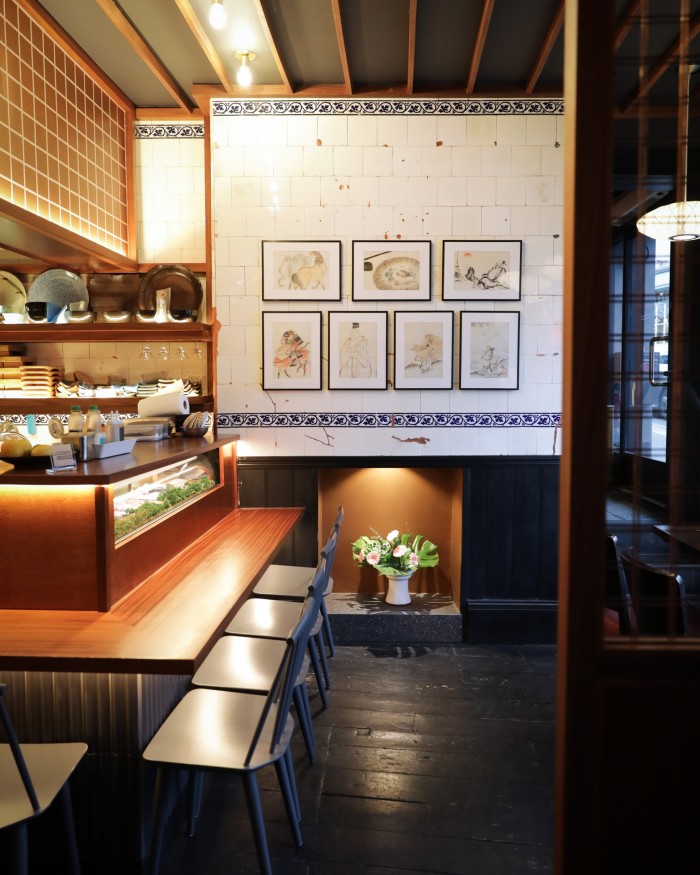
If I manage to secure a spot, I prefer to sit at the counter surrounding a charcoal grill. There you can watch the chefs in action, while enjoying a set of grilled skewers including minced chicken meatball, fresh green asparagus with pork, and king prawn. Hamachi kama (grilled yellowtail jaw with salt) and sakana nanban (sea bass, bream and salmon deep-fried and marinated with vegetables and vinegar), two of my other favourites, go very well with a bottle of Japanese beer or cup of sake.
And don’t forget the exceptionally prepared and presented sushi, too. I usually finish my lunch or dinner by ordering toro taku (chopped fatty tuna with yellow pickle roll) and nameko-jiru (fish-stock miso soup with small button mushroom, grated radish and spring onion).
4. Mugen
Unit 1, Dorrington House, 9-15 Leather Lane, London EC1N 7ST
Good for: A casual dinner with colleagues or friends
Not so good for: A formal business dinner
FYI: Open Monday-Friday for lunch; Tuesday-Saturday for dinner
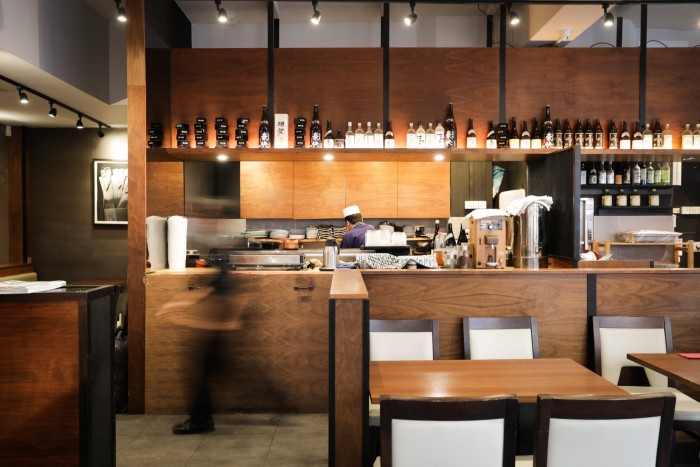
Hidden in the backstreets of Holborn, Mugen is a casual Japanese restaurant offering affordable yet tasty izakaya-style food and drinks. If you visit on a weekday evening, you will likely find the tables crowded with Japanese expatriates who work in the City. Whereas more and more City restaurants expect you to leave after a couple of hours, Mugen welcomes anyone to stay as long as they want. “I wanted to create an oasis for Japanese expats who want to enjoy food and drink longer,” says Hiroshi Matsuda, Mugen’s owner, who came to London in the early 1990s, also as an expat.
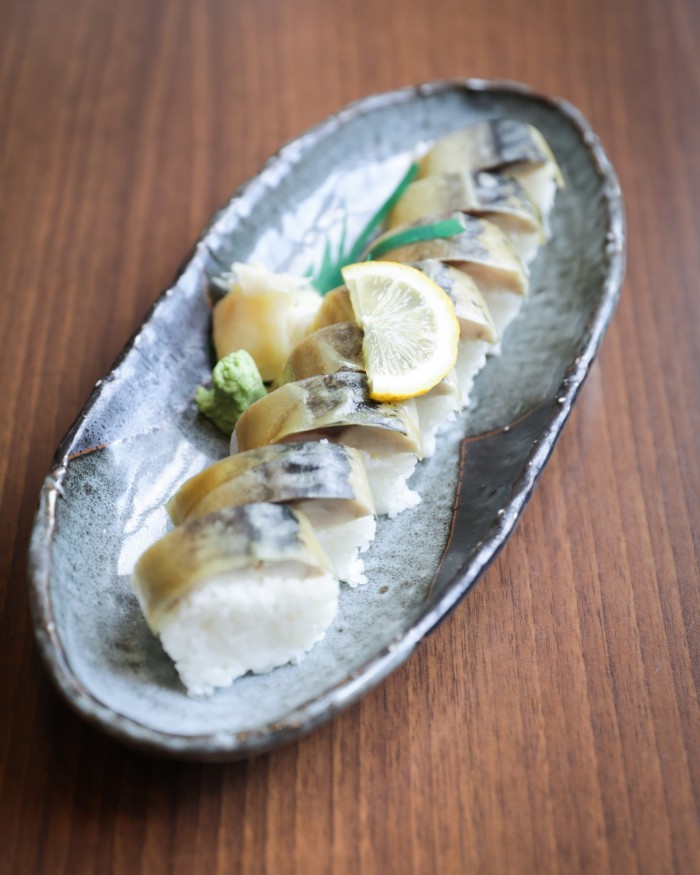
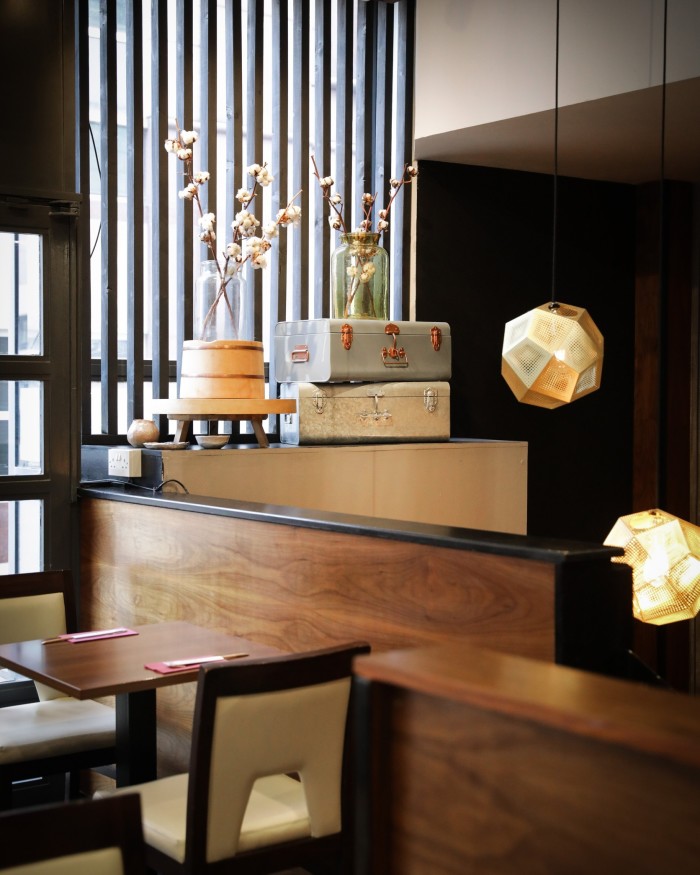
Like a typical izakaya in Japan, Mugen has more than 100 dishes — big and small — on the menu, including a variety of sushi and bento boxes. Saba (mackerel) sushi, which uses salted and vinegared mackerel from Norway, is its signature and a must. Chicken namban (deep-fried chicken with sweet and sour and tartare sauces) and toban gyoza (sizzling gyoza dumpling) are also my favourites.
The staff are friendly and the service is attentive. No wonder people come back to Mugen again and again (me included).
5. WA Café
32 Haven Green Ealing, London W5 2NX and 5 New Row, London WC2N 4LH
Good for: Tea or on-the-go breakfast/lunch
Not so good for: Always busy
FYI: Open daily except some holidays
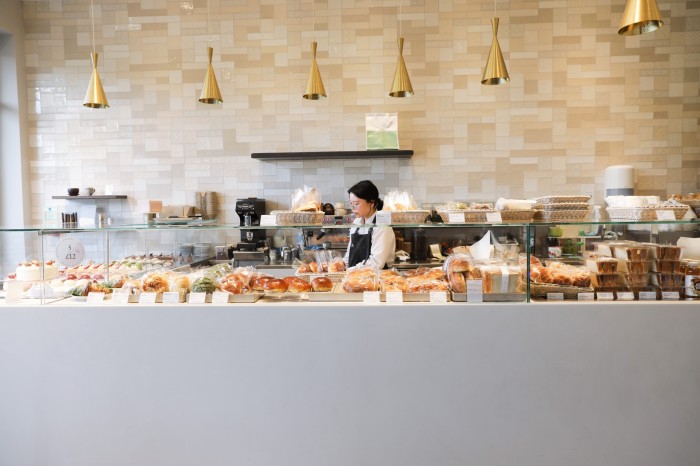
When I feel like having something sweet, WA first comes to mind. This Japanese pâtisserie opened its first store in west London near Ealing Broadway Tube station in 2014. It quickly became popular among Japanese and other Asian residents in the area. But it didn’t stop there. They now have a second branch in Covent Garden and soon to open a third in Marylebone this summer.
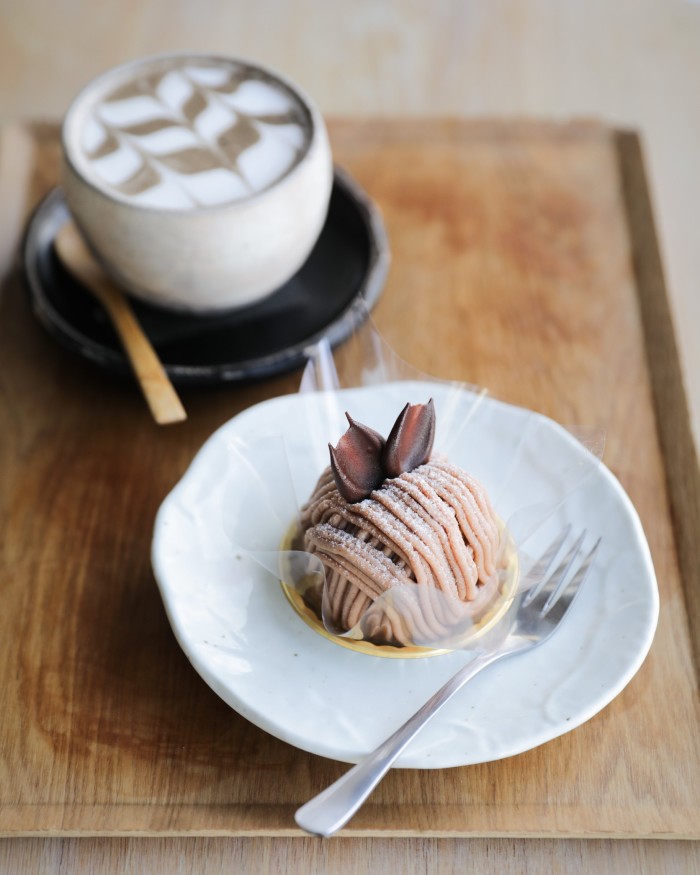
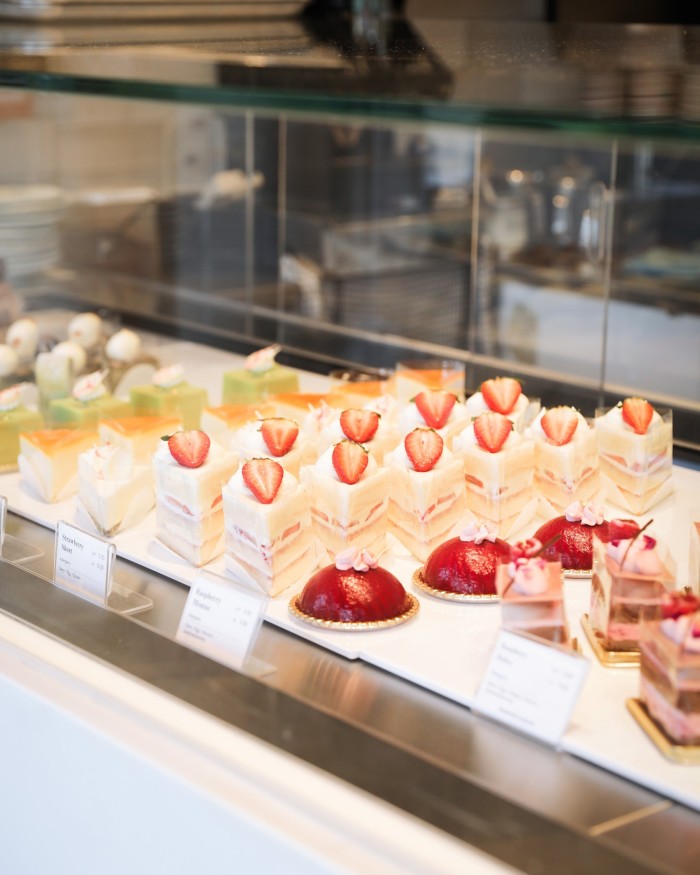
My all-time favourite is the Mont Blanc. Digging into the snow-capped mountain of rich chestnut cream to find a candied chestnut in the middle is a delight. The matcha roll and matcha tiramisu are also highly recommended, although it’s never easy to choose between the two.
If you want something savoury, WA offers a good selection of bread, rolls and sandwiches, too. Grabbing chicken katsu sandwiches and baked veg curry buns is always a good idea if you are going on a picnic.
The author is general manager of Nikkei-FT Partnership, Nikkei Europe and a former correspondent for Nikkei
This article is part of a collaboration between the FT and Nikkei, in which Nikkei journalists and correspondents write about their favourite Japanese restaurants in cities around the world. Up next: the best Japanese food in New York City
Cartography and development by Serena Chan, Mark Limb, Kristo Mikkonen and Ændra Rininsland
Share your favourite places for Japanese food in London in the comments below. And follow FT Globetrotter on Instagram at @FTGlobetrotter
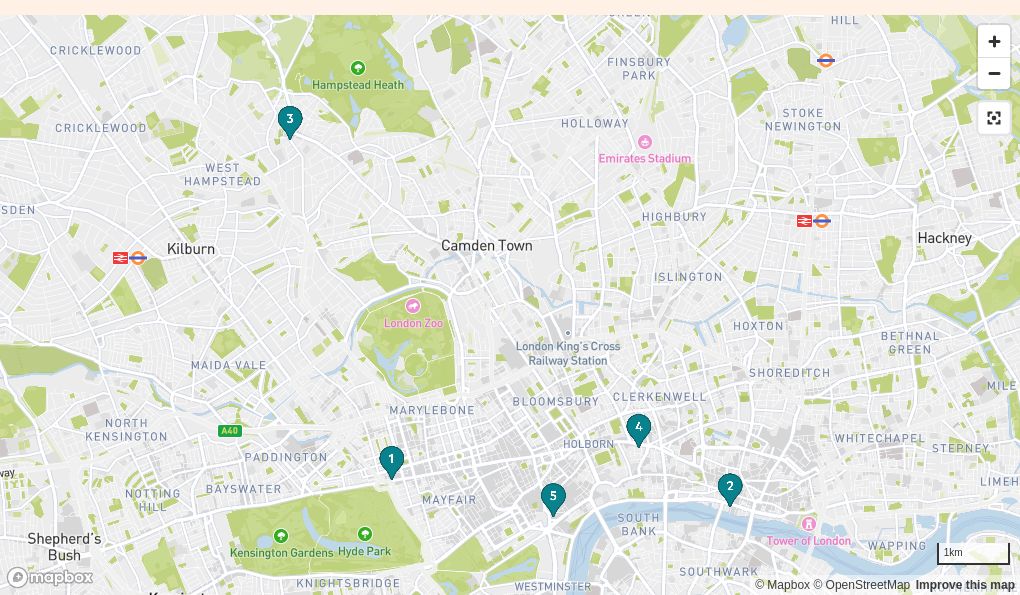
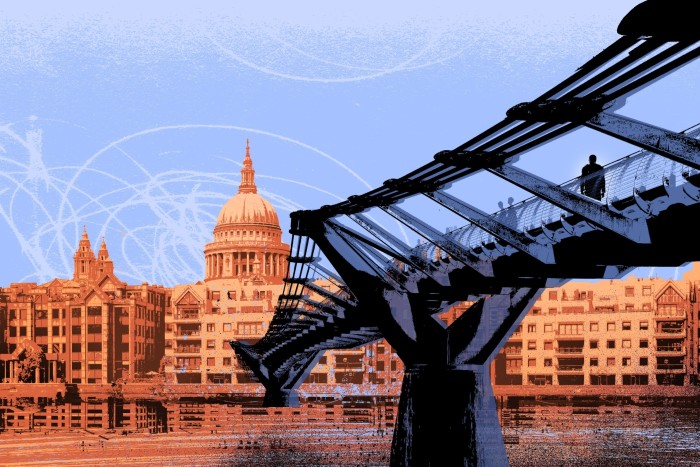
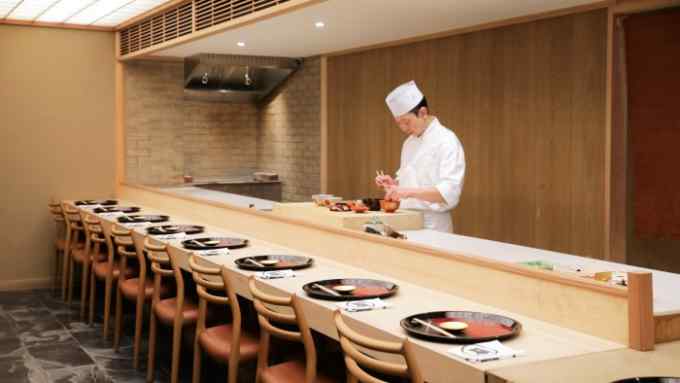
Comments